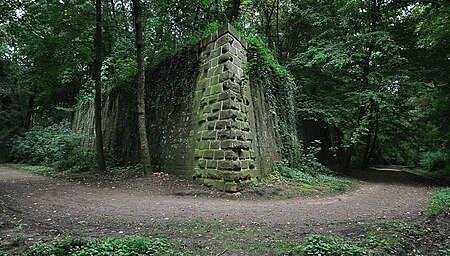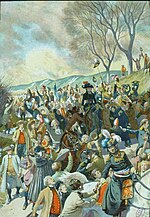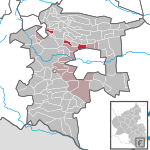Siege of Landau (1702)

The siege of Landau (16 June – 12 September 1702) saw an army from the Holy Roman Empire led by Louis William, Margrave of Baden-Baden lay siege to the fortress city of Landau which was held for the Kingdom of France. The French defenders led by Ezéchiel du Mas, Comte de Mélac resisted vigorously but were forced to surrender after a three-month leaguer. This action of the War of the Spanish Succession occurred at Landau in the state of Rhineland-Palatinate, Germany, located 49 kilometres (30 mi) southwest of Mannheim. The earliest actions from the war were focused in northern Italy in 1701, but military activity began in the Electoral Palatinate the following year. In the Palatinate, Louis of Baden and an Imperial army crossed the Rhine River at Speyer and moved south to invest Landau. Unwilling to challenge his stronger foes, Nicolas Catinat with his French army watched from a distance as the Landau defenses were methodically reduced by siege artillery, mining and infantry attacks. After losing a key defensive position, Mélac and his garrison were forced to capitulate. At this time, the Electorate of Bavaria became a French ally, tipping the balance of power and causing Louis of Baden to withdraw. The next clash was the Battle of Friedlingen on 14 October 1702.
Excerpt from the Wikipedia article Siege of Landau (1702) (License: CC BY-SA 3.0, Authors, Images).Siege of Landau (1702)
Weißquartierstraße,
Geographical coordinates (GPS) Address Nearby Places Show on map
Geographical coordinates (GPS)
| Latitude | Longitude |
|---|---|
| N 49.2 ° | E 8.1166666666667 ° |
Address
Weißquartierstraße
76829 , Kernstadt
Rhineland-Palatinate, Germany
Open on Google Maps








